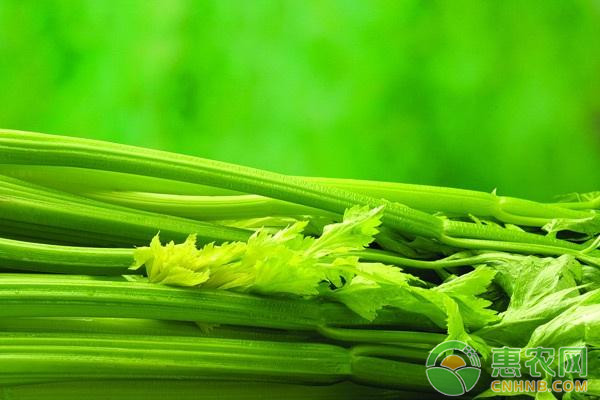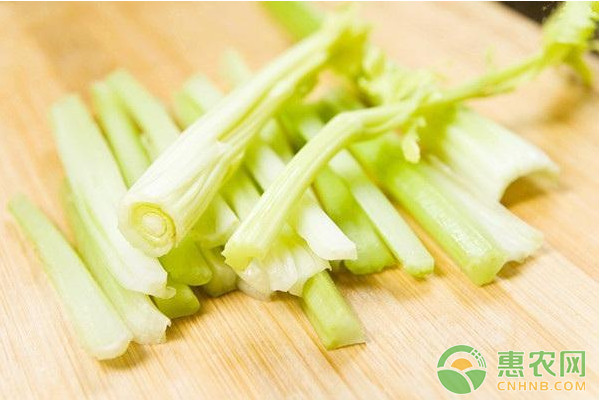How to prevent celery soft rot? Soft rot is one of the common diseases in many vegetables. Today we will learn to study the causes and control measures of celery soft rot. First, the cause The celery soft rot is caused by the infection of the bacterial carrot, Escherichia coli, and remains in the field or composting over the winter with the remaining structure of the diseased plant. When the environmental conditions are appropriate, the bacteria are spread by rainwater, watering and spreading insects such as yellow strips, cabbage caterpillars, etc., from the natural cracks in the roots of the plants, mechanical wounds, wounds caused by pests, and into the latent growth of the catheter. , causing the first, re-infection. In addition to harming celery, celery soft rot can harm more than 20 kinds of vegetables and fruits such as carrots, cucumbers, cruciferous vegetables, radish and Chinese cabbage. Second, the symptoms of harm Celery soft rot is important to damage the base of the petiole. After the diseased base of the petiole is infected, a water-soaked spot appears, and after expansion, the lesion is brown and has a spindle-shaped or irregular shape. When the disease is dry, the disease stops expanding. When the field humidity is high, the disease grows rapidly, the diseased part is wet and rot, and the external structure is soft and rot, leaving only the epidermis and producing a foul odor. Third, prevention measures Agricultural control and comprehensive prevention and control should be the main means. If appropriate, the comprehensive treatment capacity of disease-resistant varieties, enhanced planting management, and common chemical control should be selected to obtain better results. (1) Advocating for rotation Try to avoid crop rotations such as celery and cruciferous vegetables that are prone to soft rot, and advocate the rotation of the land for 2-3 years with the rest of the vegetables. The control of the mouth should make the land have a certain leisure period to improve the physical and chemical properties of the soil, and promote the differentiation of diseased bodies and the extinction of germs. (2) Enhanced planting management It is planted in deep sorghum and sorghum. It drains in time after rain, reduces the groundwater level, reduces the water and water, reduces the chance of spreading bacteria with water, applies enough base fertilizer, and increases the application of adequately decomposed organic fertilizer. Field operations should avoid mechanical damage creating opportunities for the invasion of germs. (3) Clean up the countryside If there is a diseased plant in the field, it should be removed immediately, and treated with liquid medicine in time to water the diseased plant and its surrounding healthy plants to reduce the disease. After the harvest, the residuals of the diseased plants are removed in time, and the soil is deeply buried or destroyed, and the soil is deeply turned over to accelerate the decay and differentiation of the diseased bodies. (4) Chemical control Spray at the beginning of the disease, spray once every 7-10 days, continue to spray 2-3 times. The drug can be selected as 47% jiaruinong wettable powder 600-800 times liquid (125-165 grams per acre), 72.2% Plex water-soluble liquid agent 1000 times liquid (100 grams per acre), fat amine WP 800 times liquid (125 grams per acre), 30% DT wettable powder 600 times liquid (165 grams per acre), 50% dexamethasone 800-1000 times liquid (acre per acre) 100-125 g) and so on. The disease field can also be prevented by the method of chemical rooting. About the pathogenesis of celery soft rot and its prevention and treatment methods Today we have said that more vegetable disease prevention and control technology is in Huinong.com! Wheeled Hose Reel Cart,Hose Cart With Wheels,Large Hose Reel Cart,Garden Hose Cart With Wheels NINGBO QIKAI ENVIRONMENTAL TECHNOLOGY CO.,LTD , https://www.water-hose-reel.com
